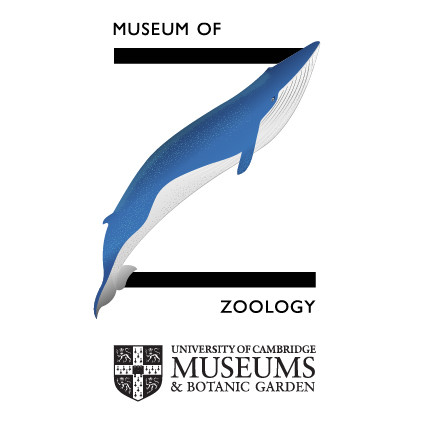
The University Museum of Zoology, Cambridge has around 270 specimens from the HMS Challenger (1872-76) voyage.
HMS Challenger and Museum of Zoology
The specimens arrived at the museum from a variety of sources:
- Trustees of the British Museum (now Natural History Museum, London) – It was once common for museums to transfer or exchange duplicate material and almost all of the specimens from Challenger were donated by the Trustees.
- SF Harmer – Keeper of Zoology at Cambridge 1908-1919
- EC Jelly – important donor of Polyzoa (Bryozoa)
- WC MacIntosh – Scientist who wrote the report on the Polychaete worms collected on the voyage
- AC Haddon – Scientist who wrote the report on the polyplacophora (chitons) collected on the voyage
- TW Bridge
About the Museum of Zoology
Overall, the Museum of Zoology receives around 70,000 visitors each year. These visitors include many people from the general public, school parties, visiting researchers and academics.
As part of the Department of Zoology the museum is also home to a thriving research community. Academic visitors to the Museum come from all over the world to use the collections and archives. These visitors are not all professional scientists – artists study specimens for their work, conservation students learn from our work and some people identify specimens found on their travels or on their back doorstep.
Wider collections
The museum houses an extensive collection of scientifically important zoological material designated as being of outstanding national and international significance by the Museums, Libraries and Archives Council.
They are significant for our knowledge of the history of fauna around the world, and for the history of science itself.
The Museum of Zoology also holds the primary historical record associated with the collections – the ‘Histories’ – and major archive collections from scientists associated with the Museum or its collections.
The collections can be searched online.
Using the University Museum of Zoology’s data
Permission has been given to use specimen information and photographs in accordance with the National Archives Open Government Licence.
Contact
Please email the Museum of Zoology with any enquiries.